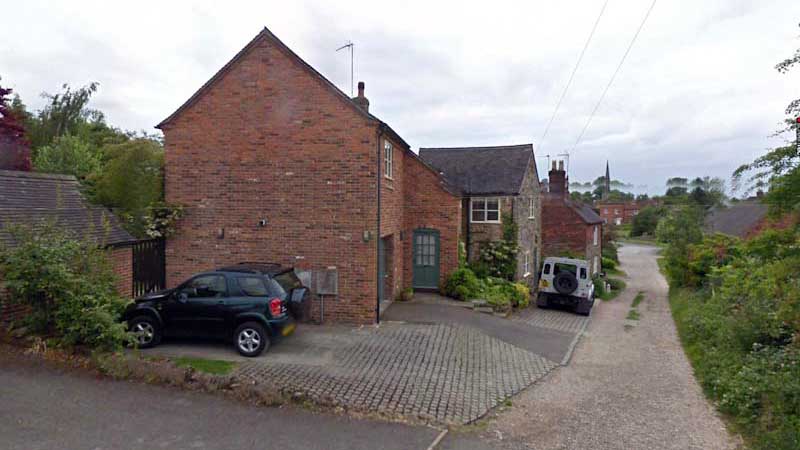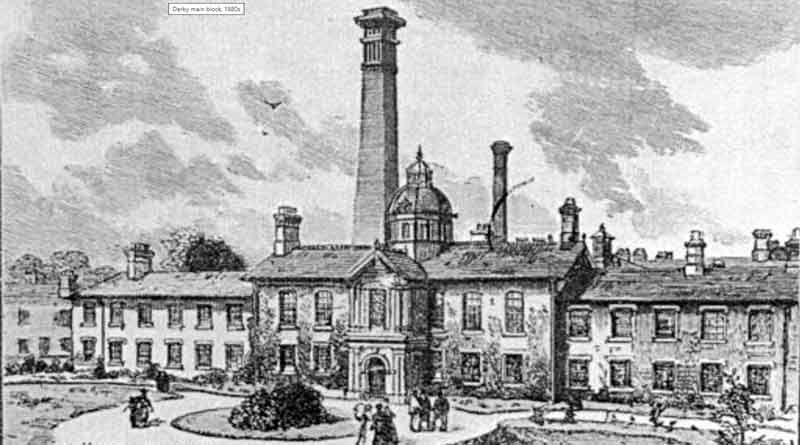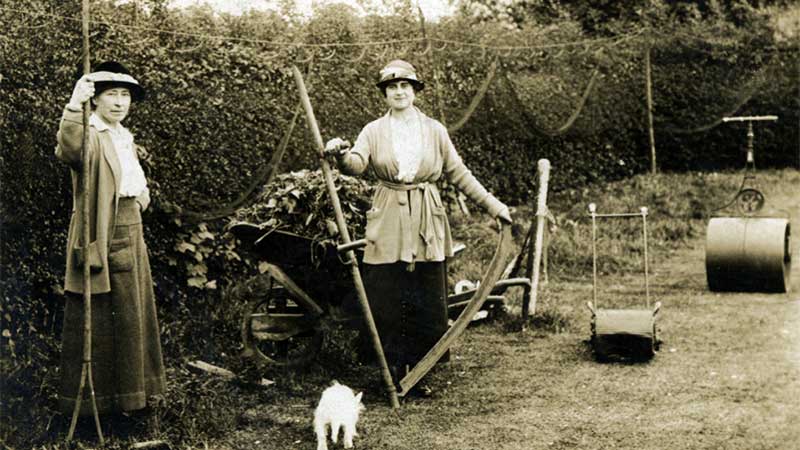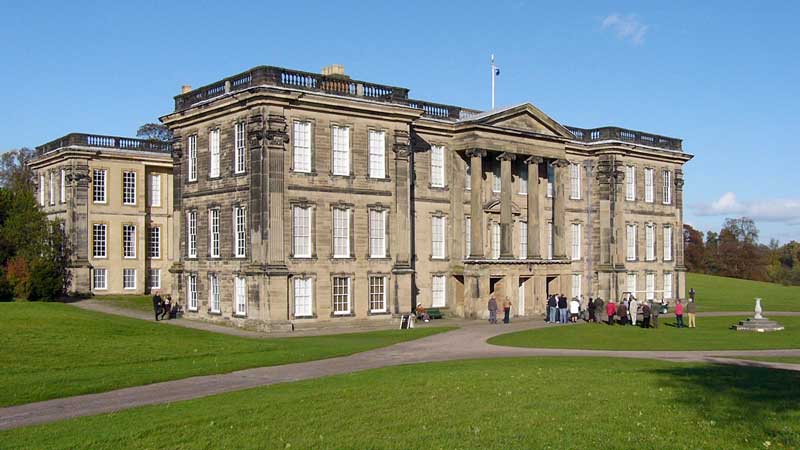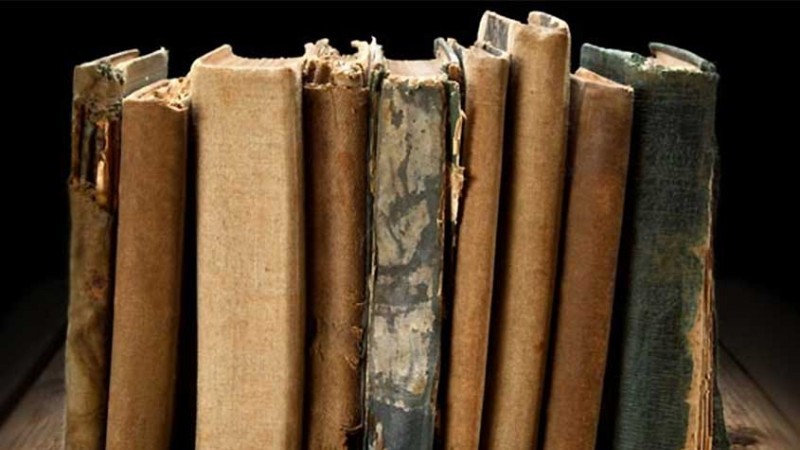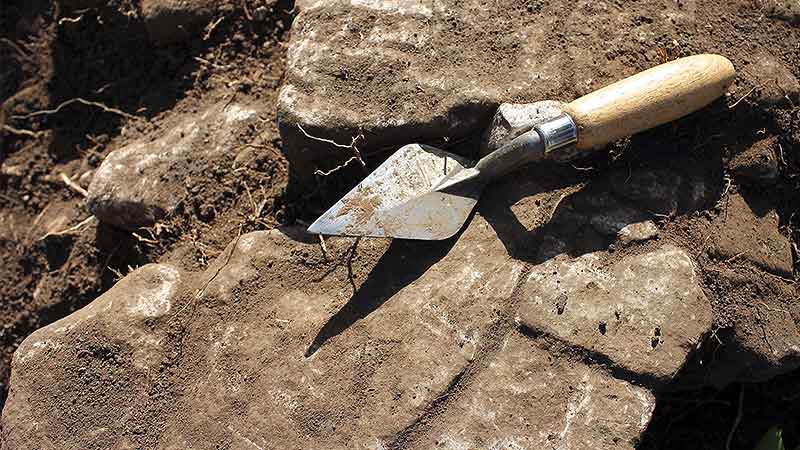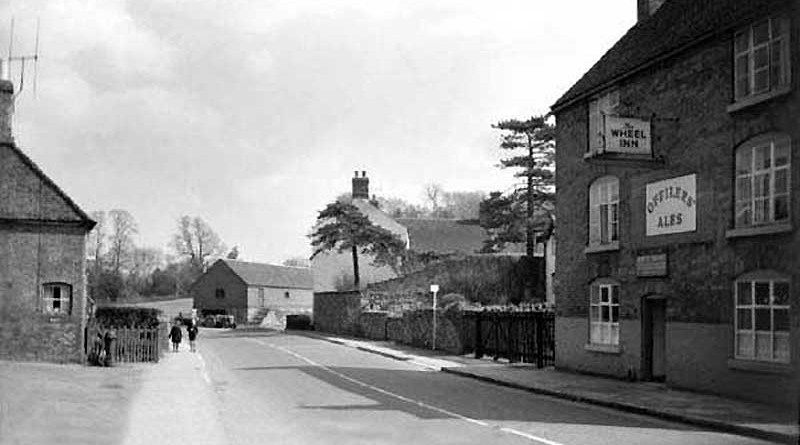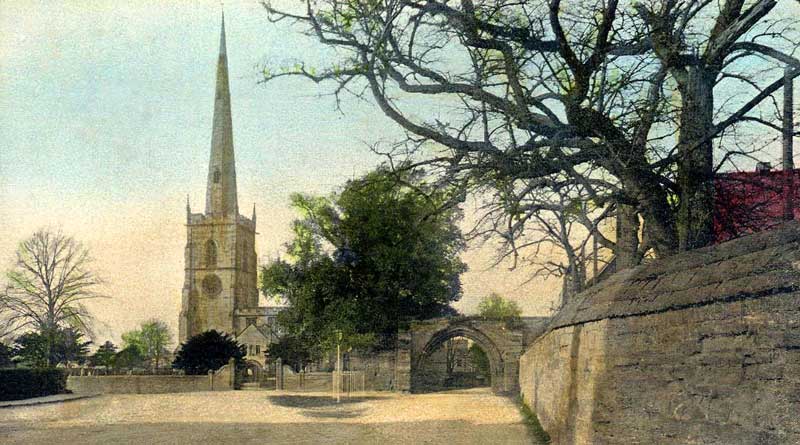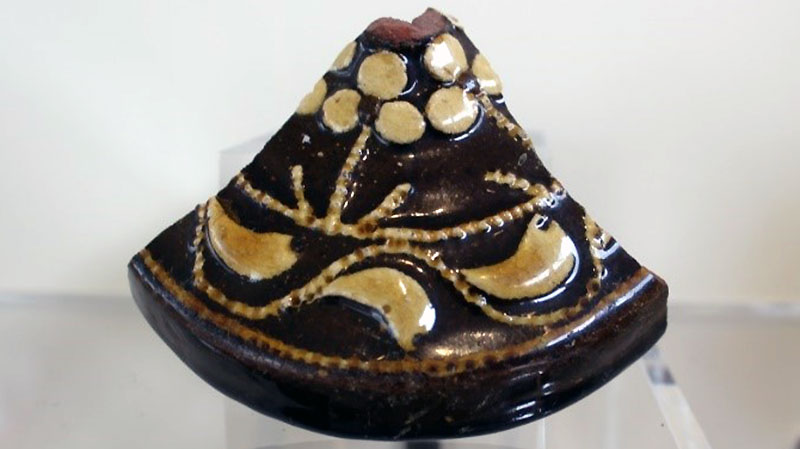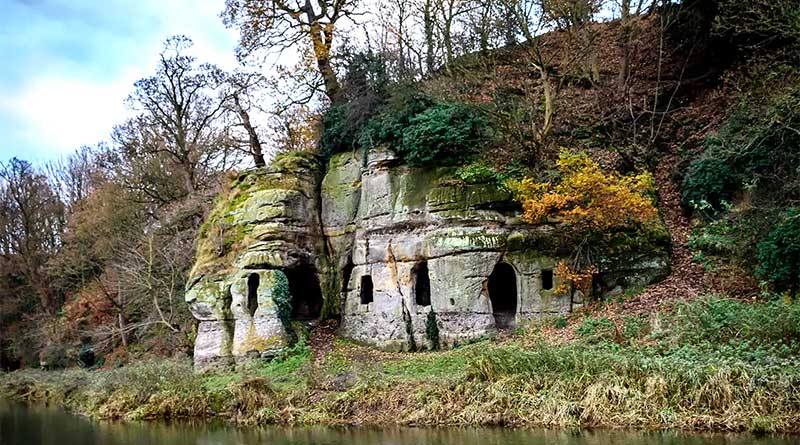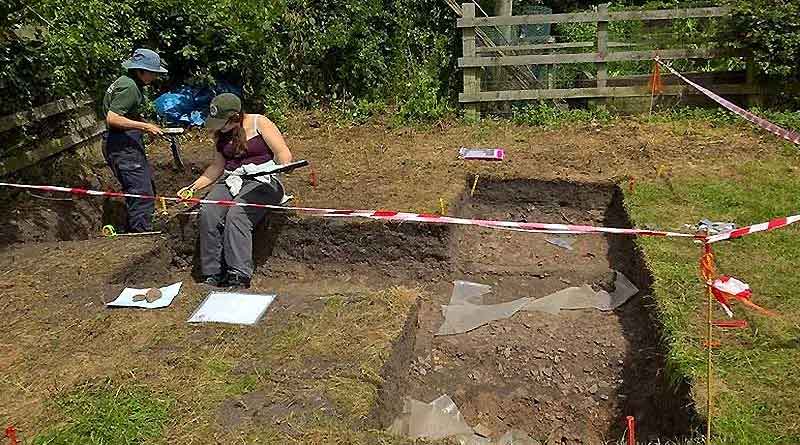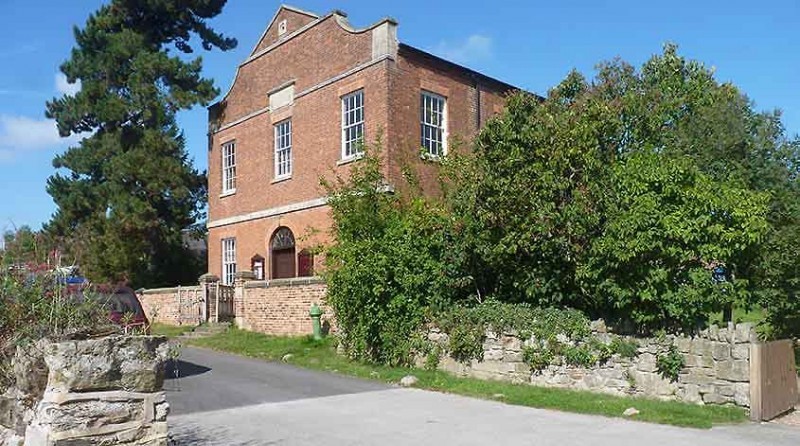-
/
This wonderful photograph was recently found in a drawer at Calke Abbey. It is proving to be quite a mystery. It had at some time in the past been torn in half, but Bryan has done an excellent job of digitally repairing it. The elderly lady in black at the front of the photo bears…
-
/
Thomas was born in Ticknall in 1825 to John and Elizabeth Dunnicliffe.[1] (Elizabeth was part of the vast Banton family of Ticknall; this wouldn’t be the only connection Thomas has with the Bantons.) The Dunnicliffes go back, as far as I can tell, to Thomas’s grandfather Samuel who was born in Ticknall in 1754. Thomas’s…
-
/
Martha and Thomas, both garden labourers, eventually become closely linked with one another, but each has a full life before they meet so we’ll look at each individually first. Martha Martha was born in 1805 in Ticknall to John and Sarah Saunders, one of 8 children.[1] Aged 21 in 1826 she married Samuel Hickinbotham, an…
-
/
Thomas was a Ticknall boy through and through, with the Mason line going back in the village to his g.g.grandfather, William in 1685.[1] Thomas as born in 1807 to Francis and Mary.[2] Like many of the men in Ticknall at the time, Francis was a Labourer.[3] Thomas followed his father and was a Labourer all…
-
/
After 11 years of archaeological and historical research on the Ticknall Potteries, we have run out of sites for further investigation. We always knew this would be the case as we were initially only funded for three years, but we have managed to keep going for a lot longer thanks to all the people who…
-
/
Who lived at Calke Abbey? Were they Harpurs, Crewes, or Harpur-Crewes? The truth is, they all did. Over almost 300 years, from 1622 when Mr Henry Harpur Esq., third son of Sir John Harpur of Swarkestone Hall moved to Calke House, or Caulk Hall (it wasn’t only the Harpur Crewe family who changed) they used…
-
/
I have collected a considerable amount of local source material which may be useful to anyone engaged in genealogical research. Records The following records can be name searched and the results emailed back in Microsoft Word format:- The Census Returns for the following years 1841, 1851, 1861, 1871, 1881 & 1891 and coming soon 1901Except…
-
/
The Parish Church of St George in Ticknall is an example of the work of Derby architect Henry Isaac Stevens and was built to replace the old church dedicated to St Thomas Becket. It was consecrated by the Bishop of Hereford Rt. Revd. Thomas Musgrave on 6 October 1842. Remnants of the previous church stand…
-
/
Following on from my last article about illegitimacy, this piece looks at three cases of illegitimacy within the same family; mother, daughter and granddaughter. Each has a different conclusion. In the case of the granddaughter, we question how mothers of newborn babies were treated, when they were obviously struggling with what we would see today…
-
/
In the course of my research into the servants at Calke Abbey, I have come across numerous cases of illegitimacy. I’m sure we all know about the shame and stigma which was attached to single mothers in Victorian times and beyond, but it wasn’t always the case. Prior to a New Poor Law introduced in…
-
/
Before we get into the details of this elopement, let’s delve into the background of these two ‘love birds’ and try to discover a bit more about them. Thomas Buxton was born in Bradbourne Derbyshire in 1806. He was baptised in the Parish Church there on 17th Nov 1806[1] to Thomas, a moderately successful farmer,…
-
/
In 1857 in the early hours of Monday 12th January, on a cold, clear moonlit night, the quiet and peaceful atmosphere of the fields between Calke and Smisby was broken by the shouts, screams and thuds of a fight between about 12 poachers and 7 gamekeepers. Poaching was an almost normal part of rural life…
-
/
TARG activities are re-starting and notices will be sent to members. Unfortunately, there will be no Springfield Barn Dig in 2021 but we have plans for sorting finds and pot drawing sessions, including from the 2010 dig.
-
/
The village of Ticknall’s name was derived from its landscape setting and land use. The first syllable ‘tic’ reflects the pastoral economy of the time showing that it was grazed by goats. There were still goatherds in the area in the 16th century. The second syllable is ‘halh’ (Saxon) = a nook or hollow of…
-
/
St Wystan’s parish church in Repton is a great survivor. Having seen the destruction of the monastery in the Viking raid of 873/4 and suffered serious damage itself, St Wystan’s recovered to be adopted by the Medieval Priory (founded for the Canons at Calke) as the church for the local community and outlasted its dissolution…
-
/
Visitors to Ticknall often ask about the cast iron water spouts that are seen in various places in the village. They were part of a public water supply installed on the instruction of Sir Vauncey Harpur-Crewe in 1914. The pillar fountains are Grade II Listed and were manufactured by Glenfield and Kennedy Ltd of Kilmarnock.…
-
/
We all know about having a special mug with a design that really means something to its owner. A football club’s logo is perhaps the commonest example these days, so you can show the world who you support. Football clubs inspire intense, often lifelong, loyalty through good times and bad. They generate a sense of…
-
/
The Grade II listed Anchor Church has long been known as an Anchorite Cell. However, a recent study suggests that the dwelling, which includes a small oratory – or chapel – is likely to be from early medieval times. Archaeologists from the Royal Agricultural University’s (RAU) newly-formed Cultural Heritage Institute, working with colleagues from Wessex…
-
/
We met for coffee at the Bull’s Head, where, with the aid of a map, Janet gave us a brief history of Repton from Anglo Saxons, Vikings and their eventual settlement in 874, the changing course of the river, its mills, ferries and fords and the development of the village. This was followed by a…
-
/
Nowadays we take a clean, constant water supply for granted. Yet it is surprising how recently this came to be the case. Twenty years ago, Roy Hammerton wrote a treatise on the water supply in Ticknall and Calke for a booklet but this was never published. In 2016 we published the section on ‘Ticknall Water…
-
/
This old photo of the original Dexter’s Cottage was taken from the Limeyards immediately opposite the weighbridge office which is now part of the present Limeyards Stables and shows the main road servicing the Limeyards. More about the Dexter family. The old village of Tichenhalle is mentioned in the Domesday Book, and probably existed from…
-
/
Following the 2016 and 2018 excavations, the primary purpose of the 2019 excavation was to reopen the principal 2018 dig site and its adjacent area in order to prove (or otherwise) the existence of one or more kilns. Last year’s dig found materials and finds consistent with a close proximity to a kiln structure. This…
-
/
Another First for Ticknall! In 2014 Ticknall Archaeological Research Group uncovered the first and so far only production site for Ticknall Bottles. This pottery form has previously always been referred to as Martincamp Flasks and thought to be imported from Normandy. Although this is the familiar shape known as the Martincamp Flask, an unusual Midlands…
-
/
Visitors to Calke Abbey are sometimes puzzled by the names that occur in the last few generations of the Harpur Crewe family; for instance Airmyne and Vauncey. They seem to have been revived by Sir John, the 9th baron, who appears to have had an interest in the family background. Airmyne Most sources seem to…
-
/
We started in 2010 with a ‘Your Heritage’ grant from the Heritage Lottery Fund over 3 years, to investigate the archaeology of Ticknall’s potteries and its landscape history. After ten years, the Ticknall Archaeological Research Group is still going strong and we have extended the range of activities. We still do digs on pottery sites,…
-
/
Winifred Harpur Crewe, always known as Winnie, was born into a privileged life in 1879. The second daughter of Sir Vauncey Harpur Crewe, Bart., she spent much of her childhood happily at Calke Abbey with her parents and siblings, one brother and three sisters. Winnie’s life followed the usual and expected pattern of the “gentry”…
-
/
In 1792 Ticknall Methodists Trustees paid 15 shillings for part of a garden on the old coach road from Calke Abbey to the Parish Church (now Chapel Street). The plot belonged to Sarah, widow of Thomas Dutton, joiner, and was opposite the present Chapel. There they built a Meeting House, which effectively replaced the overcrowded…
-
/
There are over 30 known pottery sites in the Ticknall area. Excavations have produced 13th century Coal Measures White Wares on production sites. Documents from 1328 refer to “le cleyputs” and in the late 1200s “Henricus ad Furnum” (Henry at the oven) is named. It is probably a pot oven. By 1538-1547 seven potters were…
-
/
A large field, recently ploughed, 20 volunteers, eager to be trained, and a fine sunny day, what more could anyone want? This was
-
/
We finished the last article warmly ensconced in the double privy in the Methodist church, which article was sent to Sharps Pottery Museum, so, if you are not at lunch, we’ll explore these ‘facilities’ a little further. I suppose the record in this country (perhaps the origin of ‘Privy Council’?) must be held by Hampton…
-
/
We need drawings of some of our finds to include in reports on our projects. The reports are published as TARG reports, where the archaeology and the interpretation is all done by TARG members. The reports go to the official archaeological record and to the National Trust. Pot drawing (most of the finds being pottery) sessions usually take…
-
/
The Thringstone Fault crosses the parish of Ticknall from east to west, separating the Coal Measures clays to the south from the upthrust Carboniferous Limestone to the north. Other outliers of limestone occur at Calke, Dimminsdale, Breedon and Cloud Hill, but otherwise limestone is fairly rare in the area. The Romans were well aware that…
-
/
Well! That was the year that wasn’t! Little did we suspect, when we met for TARG’s AGM in March last year, the magnitude of what was about to hit us a few days later. 2020 was TARG’s 10th anniversary and we were looking forward to yet another year of busy activity. Unfortunately, due to the…
-
/
The Cruiser HMS Neptune sank with the loss of 764 officers and men on the night of 19 December 1941. Just one man was rescued by an Italian torpedo boat, after 5 days in the water. Among those missing presumed dead was John Olivers brother, 20 year old Thomas Oliver. The boat went down as…
-
/
The clock was made by John Whitehurst Senior (1766-1834) of Derby – a notable clockmaker – in 1813. Our clock is a particularly rare example of Whitehurst’s work due to its small size. For the technically minded the clock is a two train chair turret clock consisting of an armchair strike movement with a pin wheel…
-
/
Ticknall Archaeological Research Group is always pleased to welcome new members. Annual Subscription (for the calendar year, including insurance) is £10, £5 for under 16s. To join TARG please email targ.sec@gmail.com for further information. TARG Facebook
Local History

A selection of posts here about the fascinating history of the area.


